Tenderly
The evening breeze caressed the trees...
As a kid, I grew up watching old movies on TV. As I think about it now, I liked musicals the best.
That’s how I was introduced to so many classic songs from the Great American Songbook. As I got older, I realized that many of those songs became big hits in the jazz world, interpreted differently by jazz artists. When I later heard jazz or vocal versions of those songs, I remembered them from the old movies I had seen. However, sometimes it would go the other way. I’d hear a jazz song I liked only to find out it was from a Broadway musical or Hollywood film. And some were just songs from the Great American Songbook, like Tenderly, which I liked and heard for the first time on a Bill Evans trio album.
In 1981 I discovered Miles Davis’s Kind of Blue in the basement of the college library and the song Blue in Green became an instant favorite of mine. So when I went down to New York City I was always on the lookout for Bill Evans’s albums. In 1983 at the Tower Records on 4th & Broadway in Greenwich Village, I picked up Everybody Digs Bill Evans, which had just been re-issued by Riverside Records:
This was the first time I heard Tenderly. Evans played it in a cheery, up-tempo fashion that I liked, perhaps that’s why all the vocal versions I’d hear over the years were always too slow for me - a little too romantic.
In the early 1940s, Walter Gross wrote a melody known informally as “Walter’s Tune”, which he played primarily for friends and at club dates. In 1946 American songwriter Jack Lawrence approached Gross about adding lyrics for “Walter’s Tune” and calling it Tenderly, which Gross didn’t like but grudgingly acquiesced. When Gross became A&R Director at Musicraft, he arranged for Sarah Vaughan to record it. Released sometime in 1947, it became her first solo hit.
This week on that Big River called Jazz we’ll dig in our paddles and explore the world of one of my favorite American Standards Tenderly.
Although over the years Tenderly was recorded by Sarah Vaughn, Billie Holiday, Elle Fitzgerald, Nat King Cole, Tony Bennett, and many other great vocalists, my favorite versions of Tenderly have always been the instrumentals, and none better than the 1956 Dick Farney Trio version recorded in Sao Paulo, Brazil, and released by the Brazilian label Continental:
I don’t think Tenderly has ever been more tender without being schmaltzy:
Wonderful. Interestingly, some argue that it was not Vaughn but Brazilian Farney in the summer of 1947 who first recorded Tenderly.
Dick Farney was born Farnésio Dutra de Silva in Brazil on November 14, 1921. His father taught him piano as a child and his mother taught him how to sing. In 1937, he made his debut singing Deep Purple on the show Hora Juvenil for Rádio Cruzeiro do Sul in Rio de Janeiro.
In 1944, he signed with the Brazilian record label Continental, and in 1946 recorded Copacabana:
That same year, after meeting arranger Bill Hitchcock and pianist Eddy Duchin at Rio’s Copacabana Palace Hotel, Farney was invited to the United States, where he appeared on several radio shows and recorded songs with Paul Baron’s orchestra at Majestic Studios in New York. One of those songs was Tenderly, which he recorded in New York City on June 15, 1947. Farney’s version was released on the Majestic label in July 1947:
It’s unclear which record came out first, his or Sarah Vaughn’s, but that’s not important. From that point on, many excellent versions of the song were released.
Another of my favorite versions of Tenderly is this June 24, 1952, recording by trombonist Vic Dickenson for the Blue Note label with “Big Dog” Bill Doggett on organ, John Collins on guitar, and the great Jo Jones on drums:
Here’s that record:
In 1953, for the Norgran label, Ben Webster recorded one of the “consummate” versions of Tenderly on this album:
Here’s the song:
In the summer of 1953, Artie Shaw organized a new version of his Gramercy Five after a long break from music. They opened at the Embers in New York City to much fanfare and in 1954 recorded two excellent 10” LPs released on Clef label. The second contained a classic version of Tenderly with the wonderful Hank Jones on piano - and dig the David Stone Martin cover:
Here’s the song:
Shaw’s solo is sublime. The first time I heard Artie Shaw play was not on a record but on TV in the 1940 Fred Astaire movie Second Chorus, where Shaw played himself. We’ll follow Artie Shaw a little further down the river…
In September 1955, Chet Baker and his quartet made their first trip to Europe. It was the longest tour yet for an American jazzman. In October 1955 at Studio Pathe-Magellan in Paris, the Baker quartet recorded this nice version of Tenderly:
On January 1st, 1956, he traveled to Italy for a month-long whirlwind tour that also featured performances with Mussolini’s son, who by the way was an excellent piano player. Chet Baker returned to Italy three years later for a much longer and precarious stay. You can read more about that here:
Here are two more for the road. On September 14, 1960, while a PFC (Private First Class) in the U.S. Army 76th Adjutant General's Band, Albert Ayler recorded a version of Tenderly:
Here’s the recording:
Finally, of course, in New York City on October 14, 1977, Sun Ra recorded this interstellar version of Tenderly with a solid sax solo by the legendary John Gilmore:
Sun Ra’s version is tender, but not the kind that’s tender.
I have always liked how much of the spirit of jazz derived from the way musicians improvised, and beyond that, the funny little virtuoso games they played with each other and the signature refrains or riffs that gave new life to an old melody. It makes me smile to hear a song I’d heard Fred Astaire sing on TV in an old movie in the 1970s interpreted in a new way by a jazz musician - for example, Oscar Peterson’s interpretation of Shall We Dance from the 1937 Fred Astaire movie of the same name on his 1959 album Oscar Peterson Plays the George Gershwin Songbook; and Sonny Rollins’s interpretation of Dancing in The Dark from the 1953 Fred Astaire movie The Band Wagon on his 2015 album Dancing in The Dark. These days it’s that spirit of jazz that makes the American standards the gifts that keep on giving.
Next week, on that Big River called Jazz, we’ll dig in our paddles to explore the world of June Tyson.
If you like so far what you’ve been reading and hearing on our journey and would like to share this with someone you think might be interested in learning more about our great American art form: Jazz, just hit the “Share” button.
From Astaire to Sun Ra: A Jazz Journey is a reader-supported publication. If you feel inclined, subscribe to my journey by hitting the “Subscribe now” button.
Feel free to contact me at any time to talk shop. I welcome and encourage that.
Please hit this link to buy me a cup of coffee, if you’d like to show your guide some appreciation for this and past journeys. Know in advance that I thank you for your kindness and support.
Until then, keep on walking….


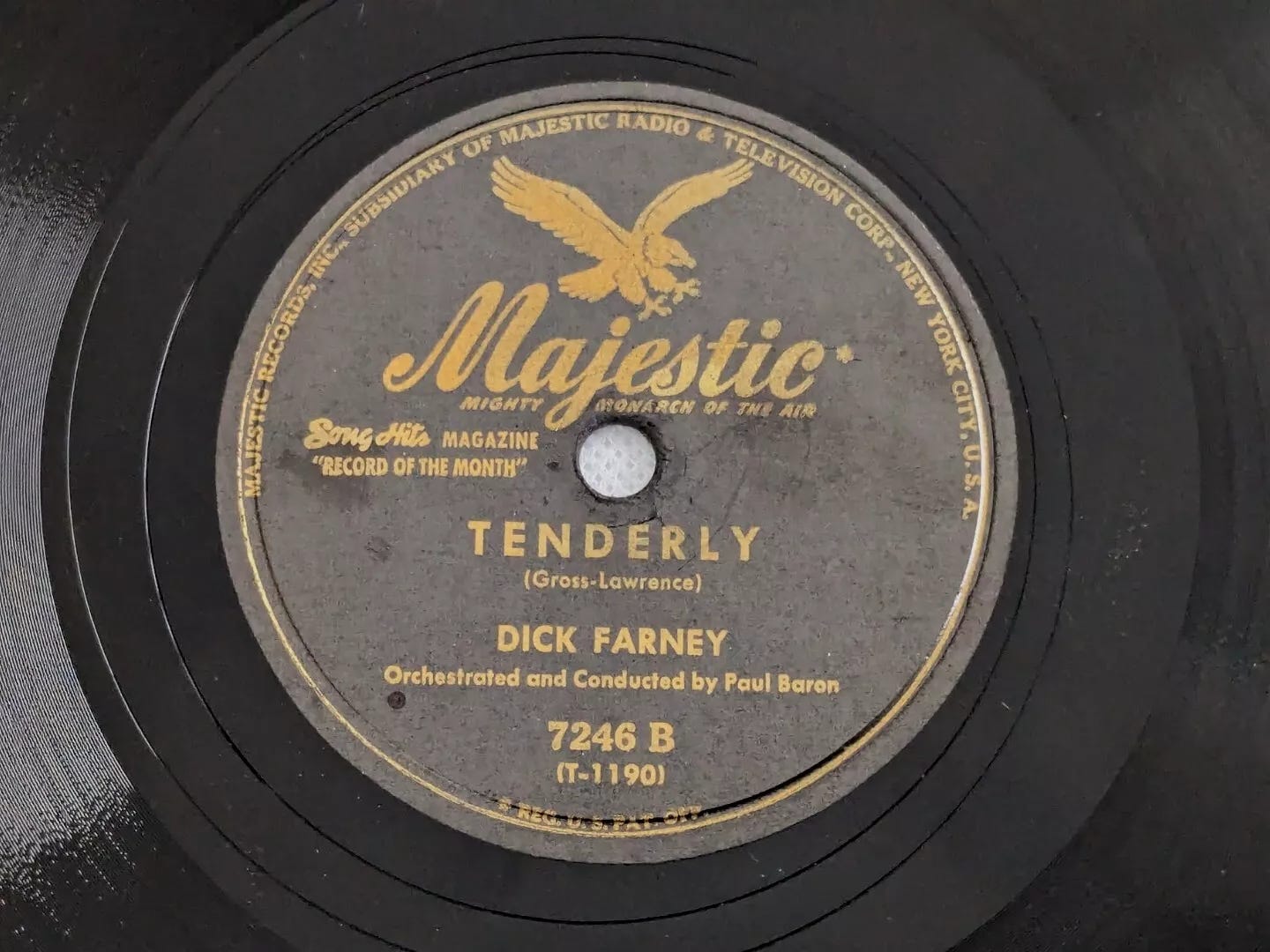
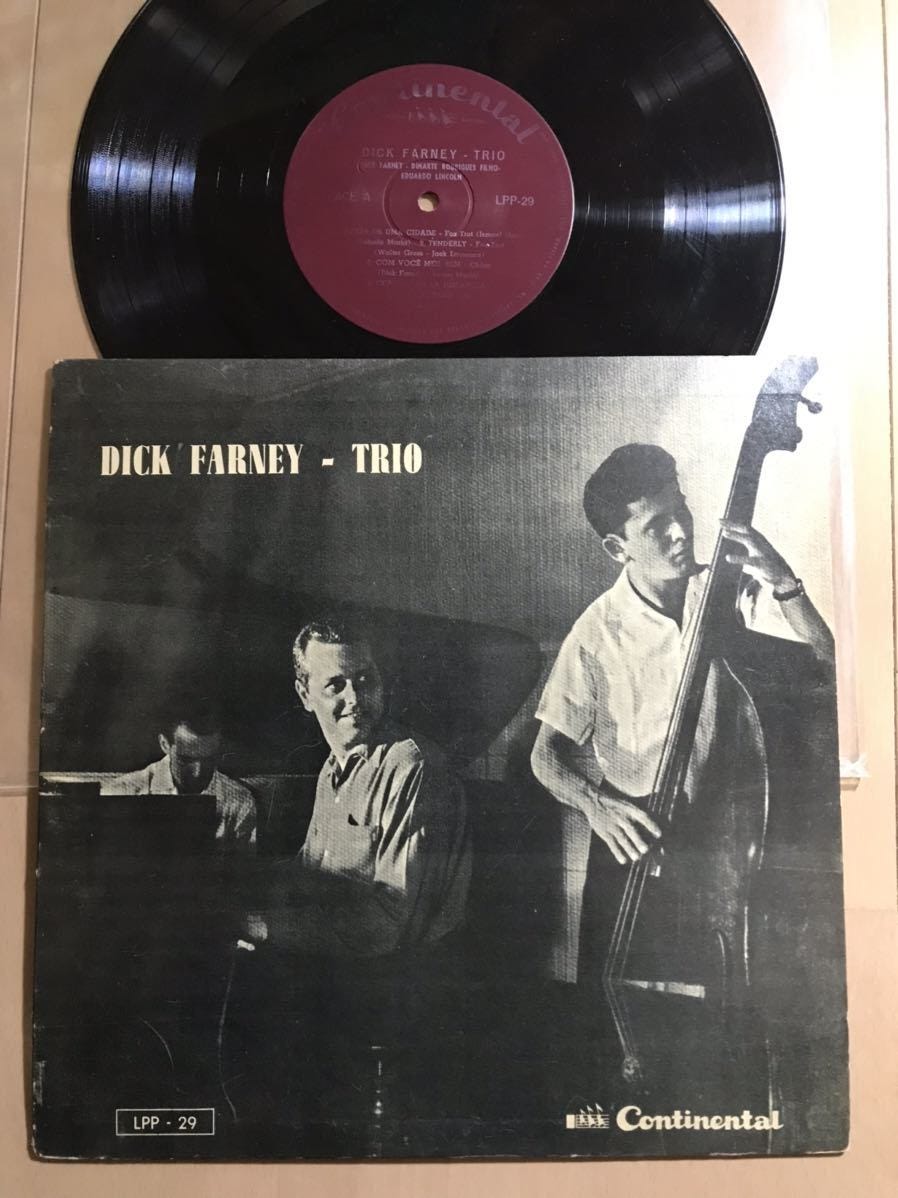


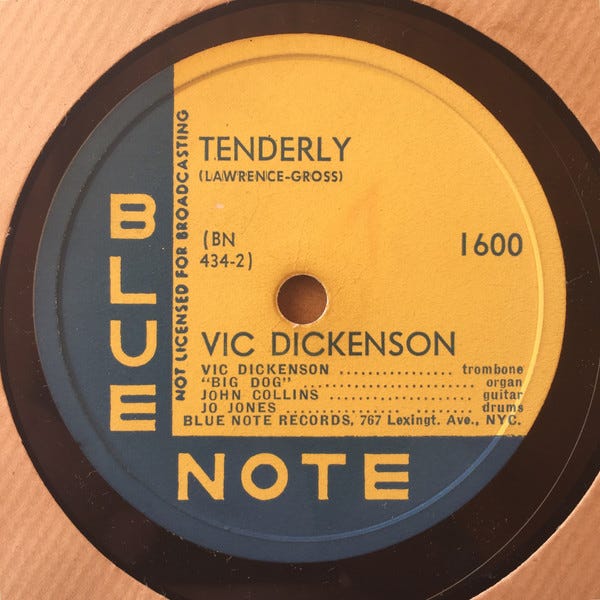
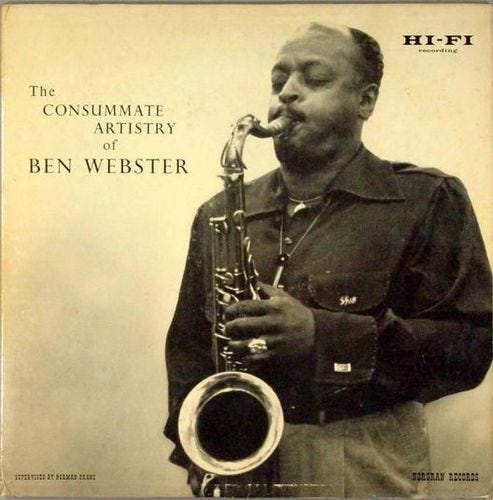
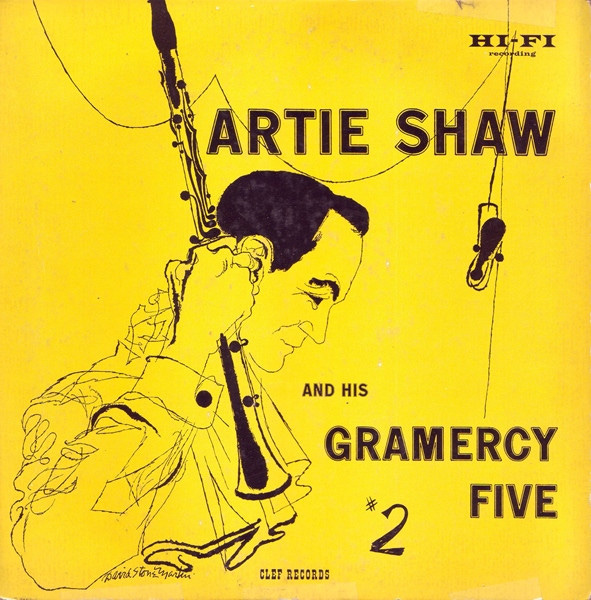
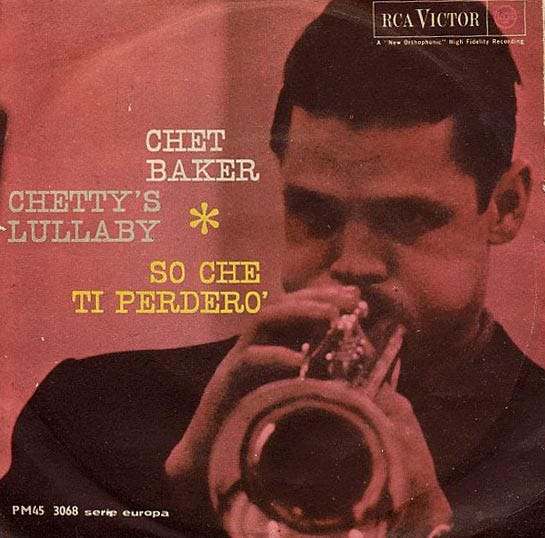
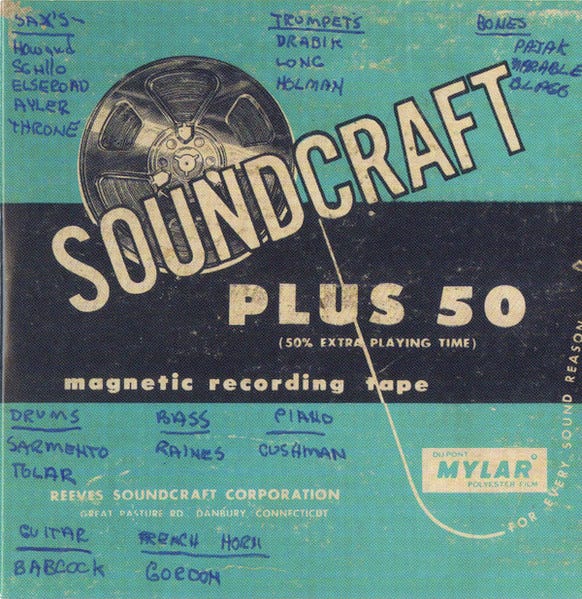
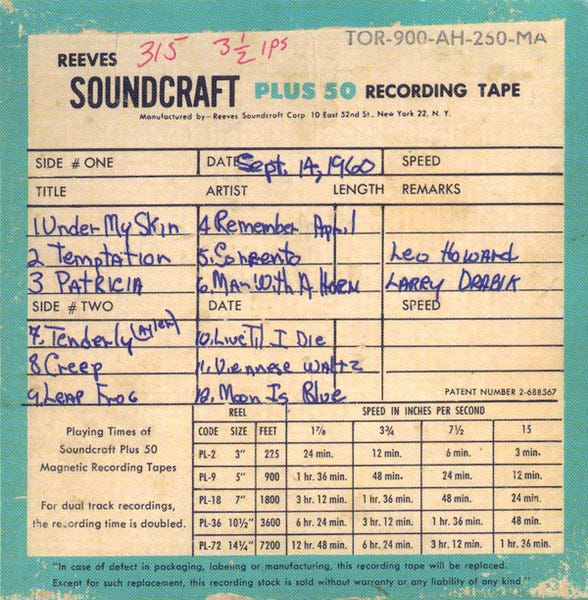
That is a lot of versions of Tenderly that I'll be listening to this morning. THANKS